Do you know how the first vehicle ever made looked? One of the most important inventions that transformed the way we live is the automobile. Contemporary automobiles have reshaped transportation and created new jobs and industries. However, not many people know much about the evolution of cars. Understanding the history of modern vehicles and the technological advances that made progress possible will ensure that we can predict future improvements in our four-wheelers.
Beginning of the Evolution of Cars – Invention of the First Car
The very first vehicle that was powered by steam was invented around 1672. The man who is credited with this invention is Ferdinand Verbiest. It might be surprising to find out that he built the vehicle to serve as a Chinese Emperor’s toy. To this day, this invention is considered the first step in the history of cars.
Successors of the First Car That Shaped the Automobile Industry
However, a different type of automobile is thought to be the first one that was big enough for the transportation of cargo and people. This happened in the 18th century. The steam-driven artillery tractor invented by Nicolas Joseph Cugnot was the first transportation vehicle. Since it was impractical, the beginning of the automobile industry came about with William Murdoch and his steam carriage in 1784. This working model paved the way for Richard Trevithick, who designed a working full-sized automobile in 1801 that was driven on the streets of Camborne.
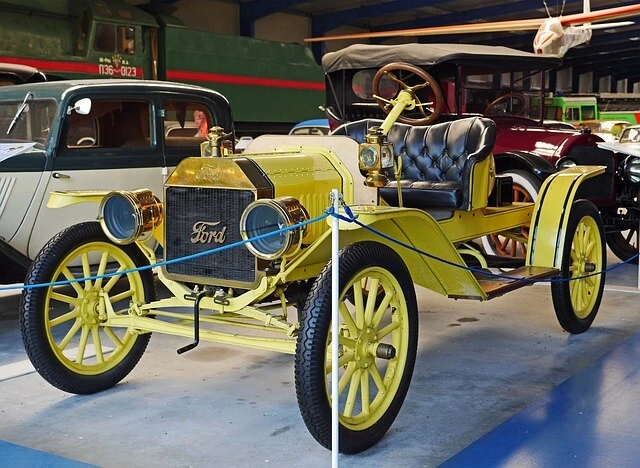
The Invention of Proper Cars That Can Transport Passengers
The first automobiles didn’t spark the car industry at first. They were prototypes that led to the invention of cars that would appear on the streets. The first automobile that made this possible is actually a vehicle that runs on self-propelled steam. It was invented by a Frenchman, Amédée-Ernest Bollée, in 1873. Transporting numerous passengers wasn’t an issue any longer.
First Vehicle That Was the Size of a Carriage
In 1871, Dr. J. W. Carhart designed the very first car that was the size of a carriage that could be driven on the USA wagon roads. The most interesting part about this invention is the fact that there was an award of $10,000 that was offered by the State of Wisconsin to anyone who would invent a vehicle that would be used instead of animals and horses. The prerequisite for this vehicle was that it could go faster than 5 miles per hour. The winner was from the city of Oshkosh.
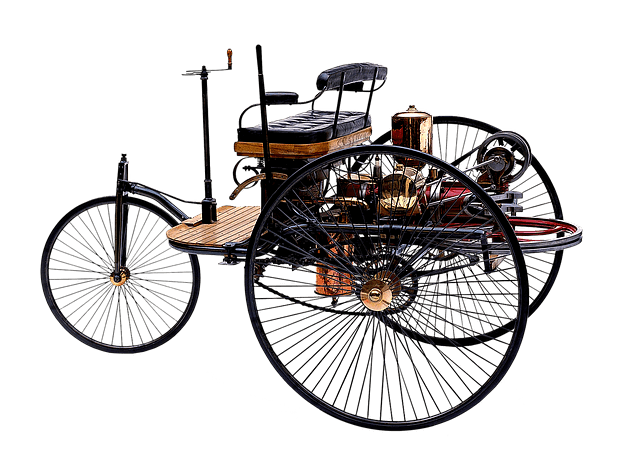
Then, Internal Combustion Engine Was Invented
Early attempts to build and use an internal combustion engine didn’t work since there was a shortage of appropriate fuels. In place of fuels, gas had to be used. But in 1806, Francis Isaac de Rivaz designed an internal combustion engine that worked on a mixture of oxygen and hydrogen. Later, British inventor Samuel Brown used a vehicle to climb Shooter’s Hill in southeast London in 1826 to test a hydrogen-fueled internal combustion engine.
But, in 1870, Siegfried Marcus became the first person to propel an automobile with gasoline. The vehicle was called “Marcus Car.” The engines that were created after this were all low-voltage ignition systems that he patented.
Tragically, Siegfried Marus’s role in the history of cars hasn’t been much remembered. His work was even destroyed by the Nazis and he was removed from public memorials and textbooks. Karl Benz was the one who got recognition for his work.
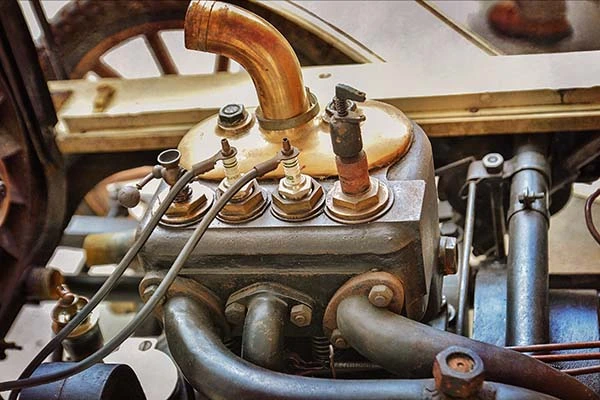
The First Commercial Car
With the birth of the first commercial car, the automobile industry began to flourish. That happened thanks to the partnership of Karl Benz and Gottlieb Daimler. Benz designed the Motorwagen – a vehicle that has the Lenoir engine, one cylinder, three wheels, and a handle instead of a steering wheel. This is actually the first commercial vehicle. The cars would not be seen only on city streets but on courses where races were held.
Overview of the Cars in the 19th Century
Here is an overview of all the models that were designed and improved in the 19th century. The predecessors of modern cars are:
- 1886 Benz Patent – Motorwagen,
- 1887 De Dion-Bouton et Trepardoux,
- 1889 Daimler Stahlradwagen,
- 1890 Peugeot Type 2,
- 1892 Panhard Levassor Voiturette,
- 1893 Benz Victoria,
- 1895 Daimler Riemenwagen,
- 1897 Daimler Wagonette,
- 1898 Renault Type A,
- 1899 Peugeot Type 27.
The Start of the 20th Century Saw the Invention of the Famous Model T
In the 19th century, cars were thought of as a luxury because the prices were really high. But, Henry Ford wanted to create something that was affordable for everyone. With the help of an assembly line, the production of cars was quick and effortless. Therefore, by 1927, his famous Model T could be bought for about $300. People were able to get jobs at his factory, and the vehicle proved to be so successful that the other industries, like machine tools and steel sectors, improved as well. It was only the beginning of the 20th century, and the car was not an expensive item anymore.
Additionally, in 1902, windshield wipers were also invented by Mary Anderson, an entrepreneur and inventor who thought that it was pointless to have drivers stop and clean snow from their windshields all the time.
How Did the Model T Reshape the USA?
Americans saw an improvement in their quality of life thanks to Henry Ford’s factory. People started spreading to the suburbs and the railroads started to diminish. Adventures in different parts of the country became an everyday occurrence since people could make long-distance trips and go on vacation.
People could work far away from home since they could commute to work easily with the help of a car. The automotive industry propelled the development of the modern USA. The Roaring Twenties saw the more elegant designs of cars, and the open-air carriage cars were soon forgotten.
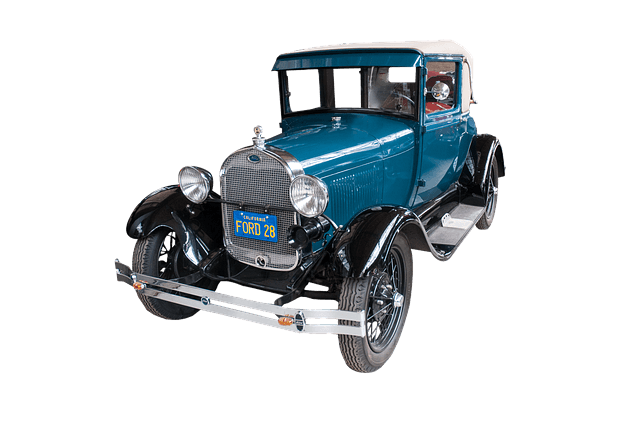
Cars in the 1930s and 1940s
The toning of the car exterior began to happen in the 1930s. Manufacturers found a way to integrate headlights, tail lights, running boards, and fenders into the body of the vehicle. The most popular cars in the ’30s were Cadillac Sixty Special and Chevrolet Suburban, which had a sleek and elegant look that would inspire future models. The innovations in the world of the automotive industry were constant. Carmakers added power steering keys, seat belts, windshields, stereos, and cruise control.
After WWII, commercial vehicles gained significance once again. The most important innovation from the 1940s is the ponton styling. The car needed to gain a more unified appearance. This resulted in the creation of the 1946 Gaz-M20 Pobeda in the USSR, which was accepted in Europe and the US. The car’s bulging hoods and headlights were aesthetically pleasing, giving the vehicle a muscular appearance that meshed incredibly well with the era.

The European and American Styles of Manufacturing Cars Changed in the ’60s
Americans started to manufacture cars that were bulkier while Europeans wanted to keep their cars economical and compact. The most significant cars of this period were the Volkswagen Beetle, Citroen DS, and Cooper Mini. All of these cars were not in line with the US style of making chrome widebody cars. Americans drove Cadillac Eldorado and Chevy Corvette. The manufacturers began to add fresh colors to the exteriors which resulted in artsy-style four-wheelers.

Gas Crisis Impacted Car Production and Design
With the gas crisis in America, most cars had to be manufactured in a way that would conserve gas. This gave way to the production of more safe cars. Like Europeans in the 60s, Americans decided that reliable and smaller vehicles were the answer. Most four-wheelers had sharp edges and hard lines.
In the 1970s, cars got computers installed, but this was only reserved for high-performance four-wheelers. Vinyl roofs, shag interiors, and larger bodies were the stylistic norm. It was also a decade when the most colorful cars appeared on the market – in blue, green, and yellow. The color red was reserved for race cars.
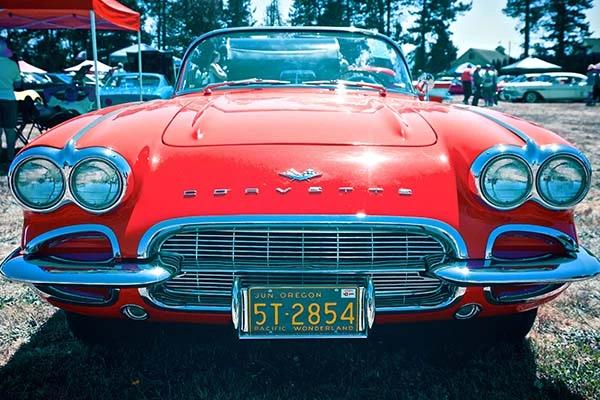
What Are the Most Popular Cars of the ’70s?
The ’70s were all about trends. Pop culture was impacted by the significance of disco, Beatles, and bell-bottom jeans. The most popular ’70s vehicles had to fall into the trends but were economical as well. Here is a list of the most popular cars in the ’70s.
What Was Driven in the 1980s and 1990s?
Safety and gas concerns still impacted the world of cars in the 1980s. This was a time when most people could buy uninspiring and generic automobiles. All that was seen on the streets were vehicles painted a metallic or white color. People paid more attention to interior design.
This all changed with the models that were created in the 1990s. There was a revival of the fluid contours and curves. The best cars of this era were Audi RS2, Dodge Viper RT/1- and Ruf CRT2. The most important thing about the ’90s cars was that computers were installed. This gave way for the installation of driver assistant features, electromagnetic parking sensors, onboard diagnostics, and automatic parking options.

Contemporary Vehicles – What Features Changed Driving?
Modern-day vehicles have numerous features that changed the way we drive. People have safety systems, WiFi, GPS tracking, head-up displays, voice control, adaptive cruise control, and blind spot monitoring. Most cars today are hybrid vehicles since this technology was finally improved by 1999 with the production of the Honda Insight.
These hybrid electric vehicles have internal combustion engines and electric motors which need to use energy that is stored in the vehicle’s battery. One changes the battery with regenerative braking or the internal combustion engine.
The early 21st century is also reserved for the competition of carmakers who want to improve electric cars. Tesla Motors is the leader when it comes to the electric car industry, and other companies follow suit.
Additionally, there is a plethora of different types of cars you can choose to drive, from used cars, trucks, hatchbacks, coupes, sedans, minivans, SUVs, cars for off-road driving, or expensive modern hybrids.
The only thing that is lacking in this part of the evolution of cars is the fact that there is no charging infrastructure, and drivers are unable to charge their vehicles everywhere. However, this might change in the near future. One thing is for sure – the future of the electric car is bright.
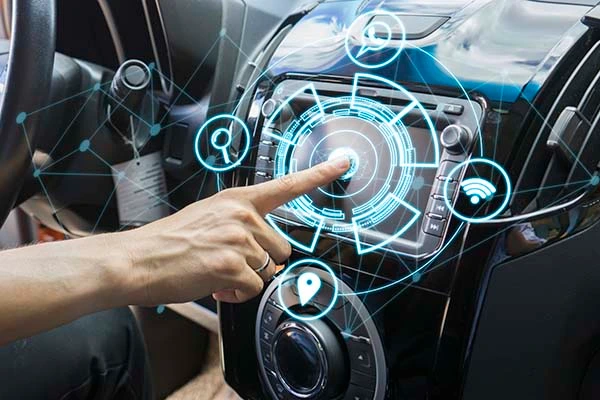
Cars Have Come a Long Way From the First Steam-Powered Vehicles – We Can Only Expect New Innovations
Cars have become an integral part of our modern societies but we might not realize now that it took two centuries for the contemporary vehicle to gain its shape. Technology has been improved upon for a long time so that we can enjoy hybrid and electric cars today. The design and the style evolved throughout the entire 20th century, while the 19th century paved the way for the first commercial automobile. We can only expect new innovations that will make driving at night or during the day easier and seamless.








